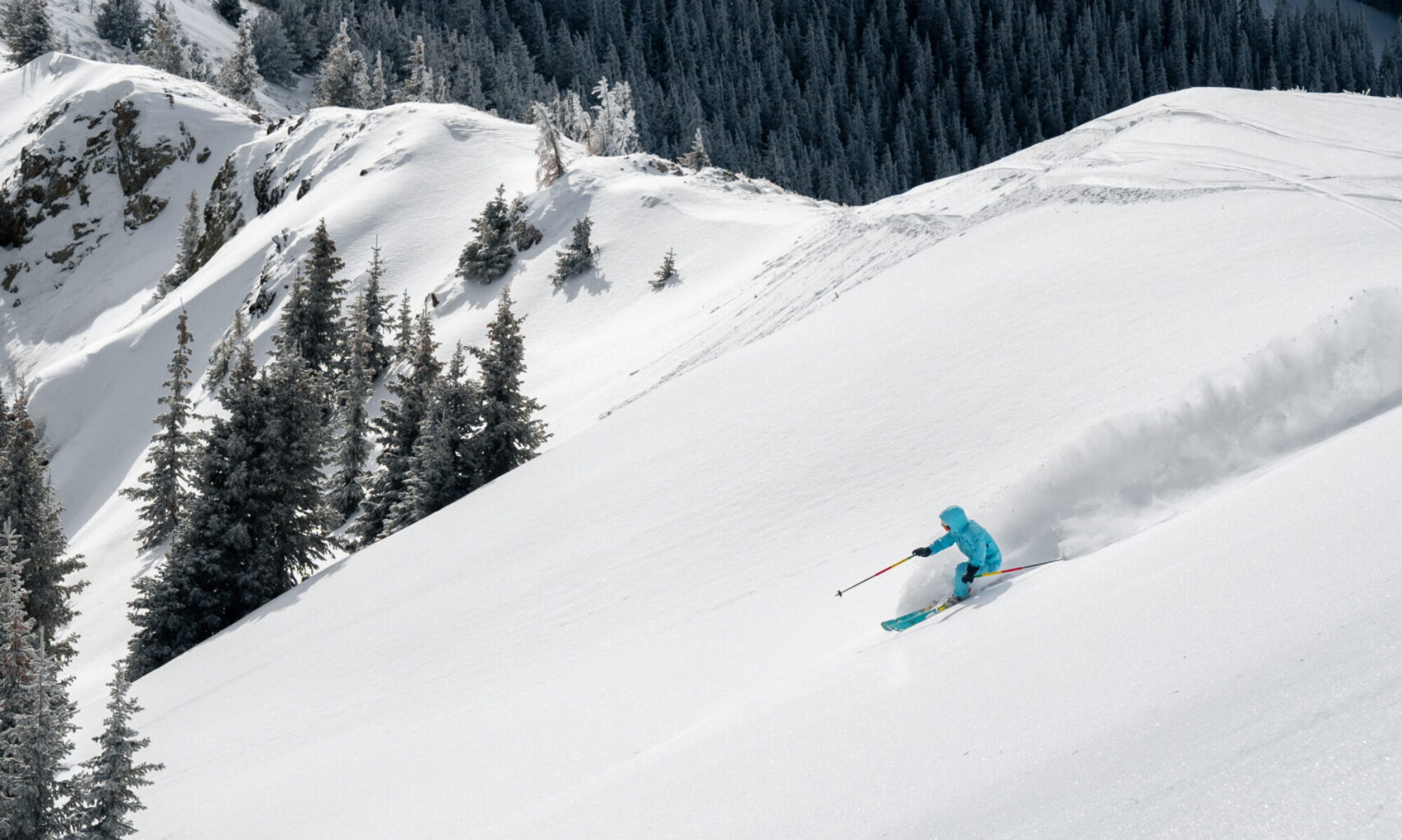By Ekin Balcıoğlu
To encounter a painting by David A. Leffel or Sherrie McGraw is to be drawn into a stillness so precise it feels charged. Light blooms in shadow. Edges soften into air. Figures and objects emerge gradually, as if shaped by the light itself. The longer one looks, the more the structure of the painting comes into focus, not through sharp detail, but through balance, rhythm and intention. There is no decoration, no distraction. Every element serves the whole. The result is an image that holds the viewer fully, quietly and without hesitation.

Leffel has said he seeks to understand the process of painting the way a theoretical physicist seeks to understand the universe. What looks like a figure or a bowl of lemons is, in his terms, “quarks and electrons, waves and particles.” Step too close and the illusion dissolves into gesture. Step back and solidity returns, not as fact but as phenomenon. He’s painting, in his words, not people or fruit, but motion.
Leffel himself calls this process of trying to comprehend nature through painting “intelligence.” It is not a metaphor. It is his philosophy.

Born in Brooklyn in 1931, Leffel spent 11 years of his childhood confined to hospitals with a bone disease. He used that time to draw — not idly, but with intensity. It shaped everything that followed. He later studied at Parsons and Fordham, then at the Art Students League of New York with Frank Mason, where he would return to teach for 25 years. In Studio 7, under the cool north light once used by Edwin Dickinson and Frank Vincent DuMond, Leffel resurrected an endangered lineage of painting.
“David has single-handedly brought the knowledge of the old masters to the forefront of the art world today,” says his partner, painter Sherrie McGraw. “Because he studied Rembrandt, and understood him.” Indeed, Leffel is not only recognized by his peers as a painters’ painter; he is considered by many to be no less than the artistic reincarnation of Rembrandt.

But where Rembrandt’s time teemed with guilds and apprenticeships, Leffel found himself painting in a world increasingly uninterested in technique or tradition. That didn’t deter him.
“The more you invest in anything, the more you get out of it,” he says. “It takes tremendous energy and commitment.” He pursued painting not just as craft, but as a way of perceiving. “Painting is like an interlocking set of relationships: color, edges, values, thick and thin, etc. Life is the same. Everything is interrelated. All of life is like one big, interlocking relationship. Everything you do has a consequence to everything else.”

McGraw met Leffel as a student at the League, after years of searching for something deeper than the high-key Impressionist approach she’d been taught. She had known, even as a child in Oklahoma, she would become a fine artist and had already resolved not to marry or have children, determined instead to follow her own path. Her drawing practice, now recognized as among the finest of her generation, brought new awareness to the medium at a time when few were paying attention to it. Her book, “The Language of Drawing,” is now considered an essential resource for serious draftsmen.

Though McGraw and Leffel made their mark in New York, they moved to Taos in 1992, drawn by the light, the dry air and the mountains. From their studios here, they continue to work and teach, sharing decades of insight through Bright Light Fine Art. Their influence reaches far beyond the canvas: not only in how to paint, but how to see, how to think.
A collector once told Leffel, “I thought your paintings were about quiet.” Leffel replied, “They’re about light and shadow.”
In truth, they’re about both and something more. They are about a way of being in the world, attuned to the deep intelligence of form, and the still, flickering grace of things as they truly are.
Bright Light Fine Art offers online fine art drawing and painting classes for all levels with Leffel, McGraw and landscape painter Jackie Kamin.
brightlightfineart.com

